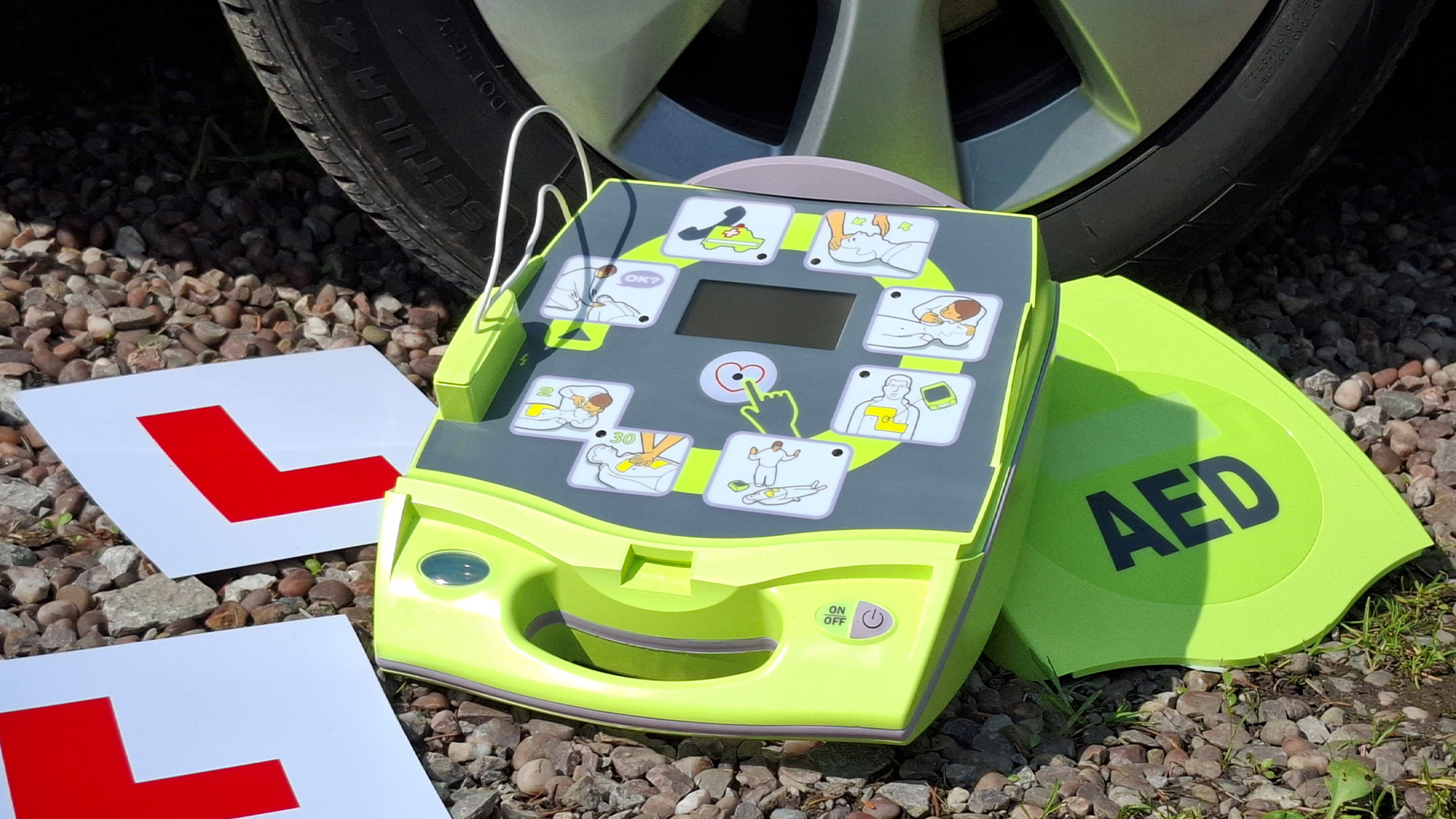
Resuscitation Council UK has partnered with the DVSA to encourage learner drivers to learn lifesaving CPR skills in a move that could boost cardiac arrest survival rates.
Questions on basic CPR and defibrillator use will be added to the car and motorcycle theory test in early 2026. Learners are encouraged to prepare by picking these skills up early.
Drivers are often first on the scene when someone suffers a cardiac arrest. Adding this information into the official learning materials means that the 2.4 million learner drivers who take their theory test each year will have a better understanding of the skills to use in an emergency.
This is part of a partnership with DVSA and leading national organisations including the Save a Life programmes in Wales, Scotland and Northern Ireland and Resuscitation Council UK, the leading healthcare charity responsible for setting CPR guidelines.
Official learning materials have already been updated to give learner drivers time to familiarise themselves with the new content. This includes The Official DVSA Guide to Driving – the essential skills and The Official DVSA Guide to the Theory Test for Car Drivers, with updates to motorcycle publications to follow.
In the UK, over 40,000 people suffer an out-of-hospital cardiac arrest each year, with fewer than 1 in 10 surviving - but if CPR is given and a defibrillator used within 3-5 minutes of collapse, survival rates could be as high as 70%.
James Cant, CEO of Resuscitation Council UK, said: “We’re delighted to be working with the DVSA and other partners to introduce CPR and defibrillator awareness into the driving theory test.
“By embedding these lifesaving skills into such a widely taken assessment, we can help ensure that more people, from all communities, gain the knowledge and confidence to act during a cardiac arrest.”
The push for the vital update was spearheaded by Save a Life Cymru Chair Professor Len Nokes, whose 24-year-old daughter Claire tragically died in 2017 from complications following a cardiac arrest.
Professor Len Nokes said: “When Claire, my daughter, had her cardiac arrest, some knowledge of CPR might have made a difference. I don't want any other family to go through this experience.
“All of us in this partnership hope that by making CPR and how to use a defibrillator part of the theory test, we will be able to significantly increase the number of people who have this lifesaving awareness.”
Mark Winn, DVSA Chief Driving Examiner, added: “Part of being a safe and responsible driver is knowing what to do in an emergency – how to step in and make a real, lifesaving difference.
“Learning CPR and how to use a defibrillator is a very simple skill and adding this into the official learning resource is a great way for DVSA to support the drive to raise awareness.”
Resuscitation Council UK has created a centralised information hub, featuring a comprehensive guidance on performing CPR from the UK's leading resuscitation organisations.